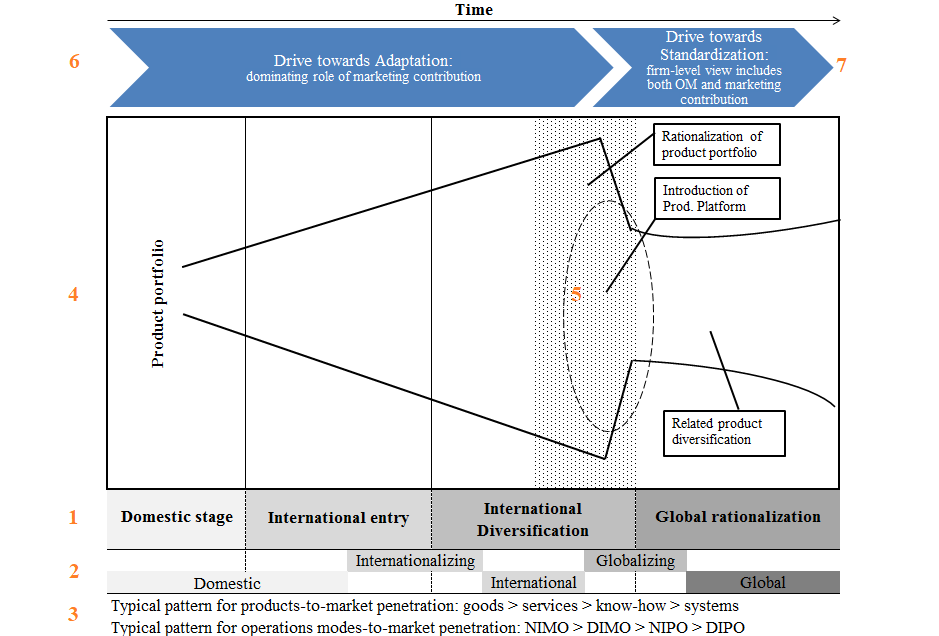Did you ever hear a barely audible moan at your work place and wonder where it comes from? This is the sound of Gen-Z’ managers. This is a hyperbolic take for humor – Gen-Z brings fresh energy, innovation, and much-needed change to workplaces! But yeah, it’s an adjustment.

Managing Gen-Z can feel like herding cats – if the cats had TikTok/Twitter attention spans, zero patience for corporate BS, and an allergy to outdated processes. They demand flexibility but expect promotions yesterday, thrive on collaboration but ghost meetings for DMs, and want “purpose” in every task while rolling their eyes at anything resembling hierarchy. They’ll fact-check your words with a Google search mid-conversation, call out inefficiencies loudly (often on Slack for everyone to see), and prioritize “mental health days” over last-minute crunch time – forcing you to actually, you know, plan ahead. Their digital-native confidence is impressive until you realize they’ve never addressed a client without an emoji.
Adapt or perish, boomer!
The idea that Gen-Z are “unmotivated” and “lazy” is rooted in a stereotype supported mostly by the companies with a rigid organizational culture. They are not poorly motivated, but rather they are motivated differently. The problem with Gen-Z is not the lack of motivation, but rather weak mythology and unappealing meanings shared, for instance, within an organization. This short article aims not at solving the problem once and for all, but rather at exploring the alternatives, rather at taking a look over the generational fence. In doing so, it makes sense to briefly consider what Gen-Z is, what motivates them at work, what meanings they get exposed to, and honestly looking back in the mirror to what companies offer.

 Figure 1. Internationalization process canvas
Figure 1. Internationalization process canvas